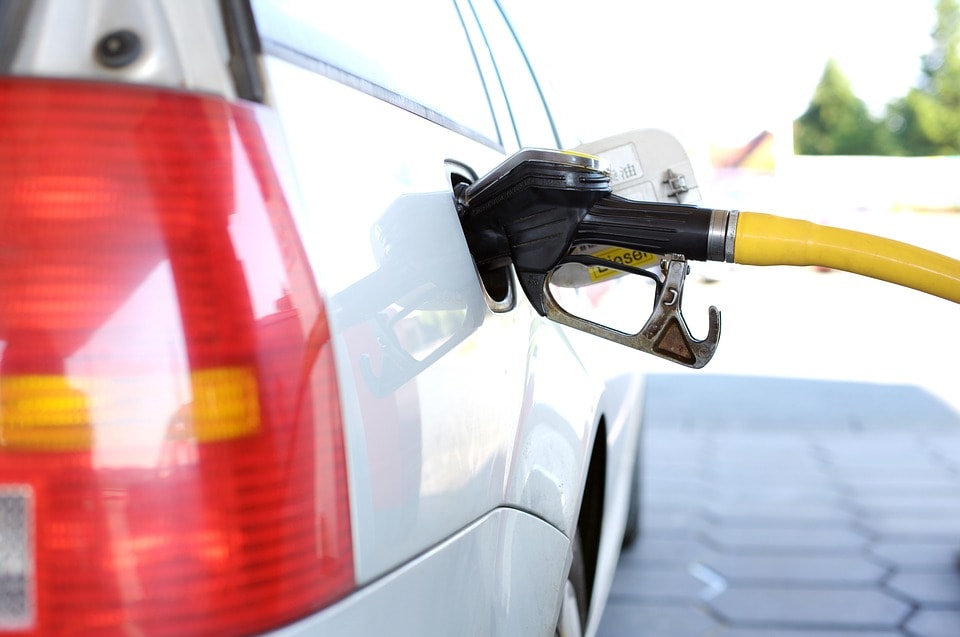
- Source: Automotive gasoline is a man-made substance made from crude oil containing hydrocarbons. Crude oil used to produce gasoline is obtained by drilling into underground/underseas reservoirs. (1)
- Routes of exposure: Inhalation (smelling of fumes), ingestion (drinking or swallowing gasoline), dermal exposure (exposing skin to gasoline)
- Toxicokinetics: Automotive gasoline is comprised of hydrocarbons. Introduction of hydrocarbons to the blood streams results in decreased function of the central nervous system (CNS) and induces organ damage. Burning of gasoline releases carbon monoxide (CO), another toxic substance to humans. Inhalation of CO can result in toxicity. (2)
- Carcinogenicity: Exposure to automotive gasoline has shown to increase potential for tumor development in the kidney, liver, and other tissues and organs. (3)
- Mechanisms of Action: “Gasoline vapor has been demonstrated to induce the activity of the hepatic microsomal enzyme pentoxyresorufin-o-dealkylase, an enzyme associated with CYP2B.” Another proposed mechanism of action for automotive gasoline is that a “metabolite of gasoline or one of its constituents binds to α2u-globulin; the complex is then reabsorbed in the proximal tubule and phagocytized by lysosomes.” (4)

- Target organs: Skin, eyes, lungs, CNS, heart
- Signs and symptoms of toxicity (2)
- Inhalation of gasoline:
- dizziness
- headache
- facial flushing
- wheezing/coughing
- staggering
- slurred speech
- blurred vision
- weakness
- difficulty breathing
- arrhythmia
- heart failure
- Ingestion of gasoline:
- vomiting
- heartburn
- drowsiness
- vertigo
- slurred speech
- facial flushing
- staggering
- weakness
- blurry vision
- confusion
- convulsions
- loss of consciousness
- lung and internal organ hemorrhaging
- heart failure
- Skin exposure to gasoline:
- skin irritation/inflammation
- crackling, blistering, peeling skin
- pus-like discharge
- first and second degree burns
- temporary loss of vision/eye pain
- Inhalation of gasoline:
- Treatments: There is currently no antidote to gasoline. Medical professionals ensure a patient is stable, hydrated, and receive treatment to ensure proper cardiac and respiratory function. (2)
- Biomarkers: urinary thioether levels, urinary phenol levels, levels of benzene, toluene, pentane, and hexane in blood (4)
References:
- Aaa. (2015, October 7). Where Does Gasoline Come From. AAA Automotive. https://www.aaa.com/autorepair/articles/where-does-gasoline-come-from
- MediLexicon International. (n.d.). Gasoline and health effects: Symptoms and treatment. Medical News Today. https://www.medicalnewstoday.com/articles/323426#why-is-gasoline-bad
- Mehlman, M. A. (2005, May 5). Dangerous and cancer-causing properties of products and chemicals in the oil refining and petrochemical industry: VIII. Health effects of motor fuels: Carcinogenicity of gasoline-Scientific update. Environmental Research. https://www.sciencedirect.com/science/article/pii/S0013935105802439
- TOXICOLOGICAL PROFILE FOR GASOLINE. (n.d.). https://www.atsdr.cdc.gov/toxprofiles/tp72.pdf